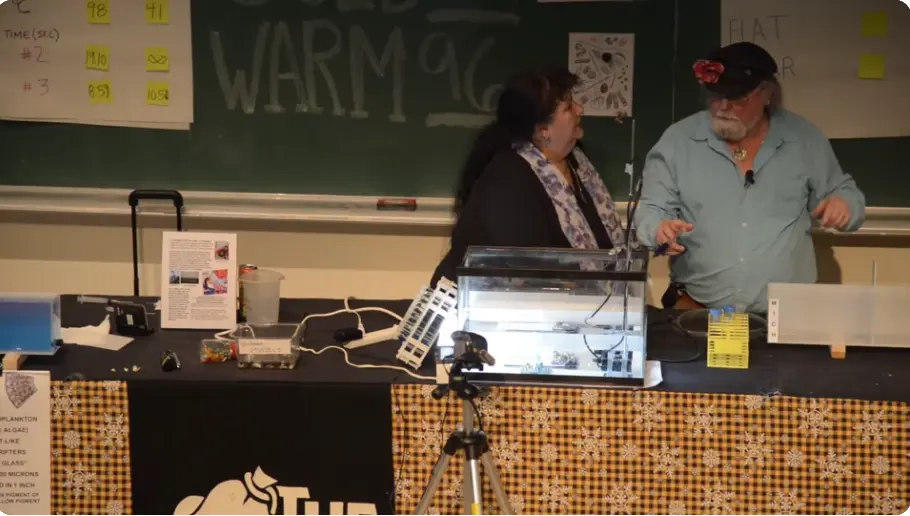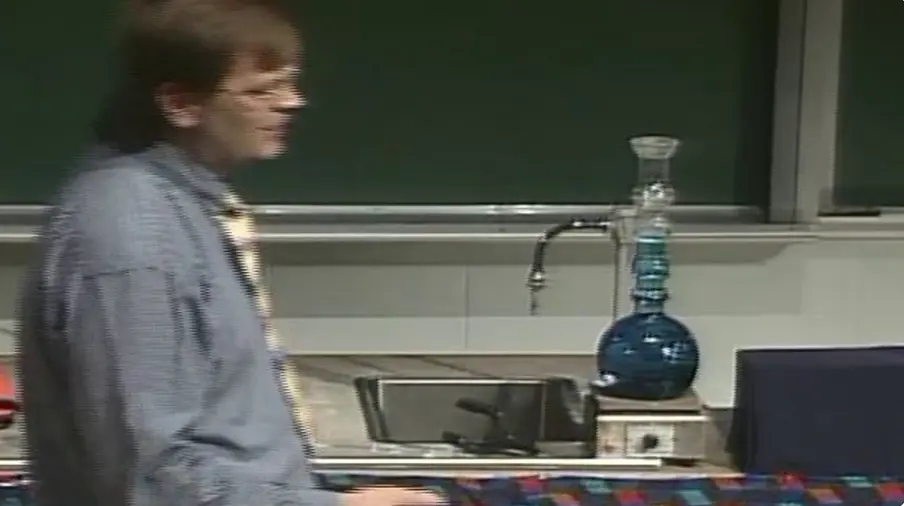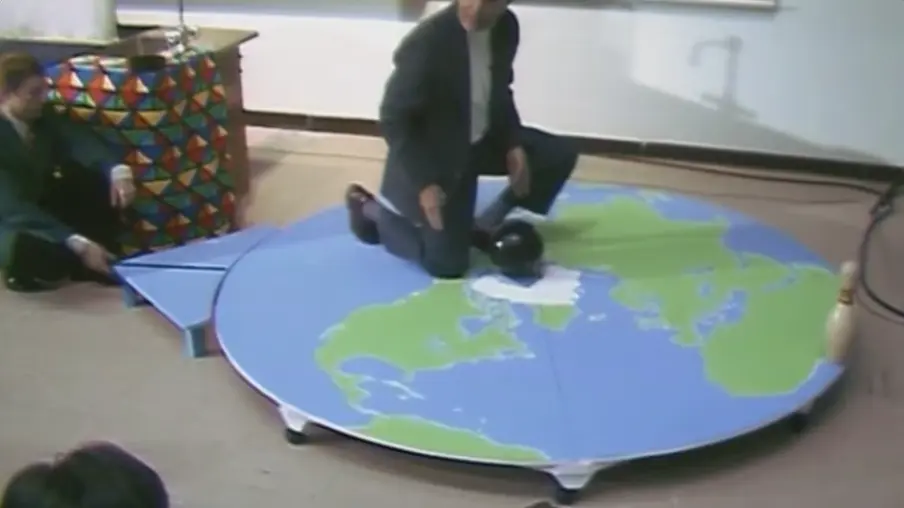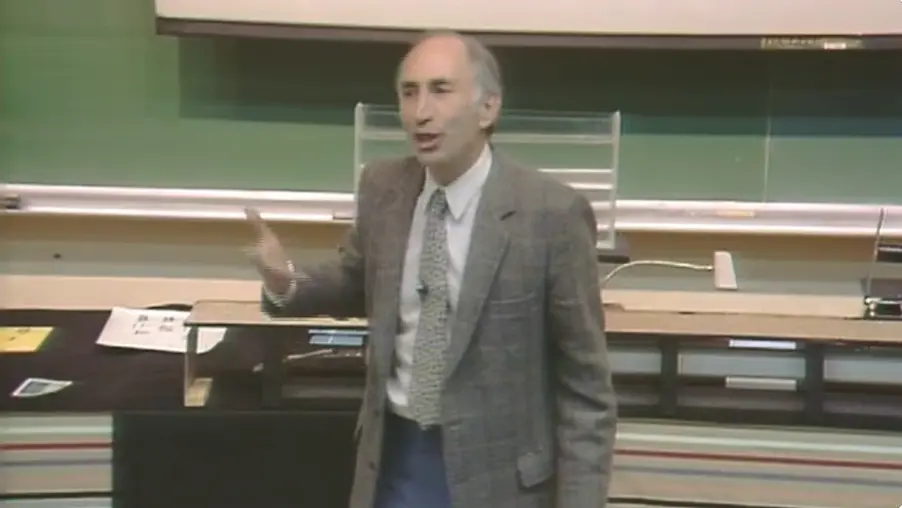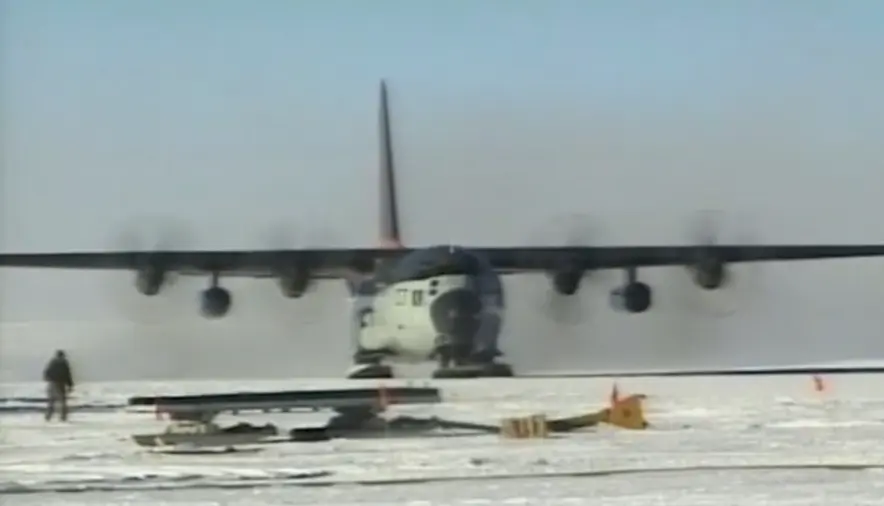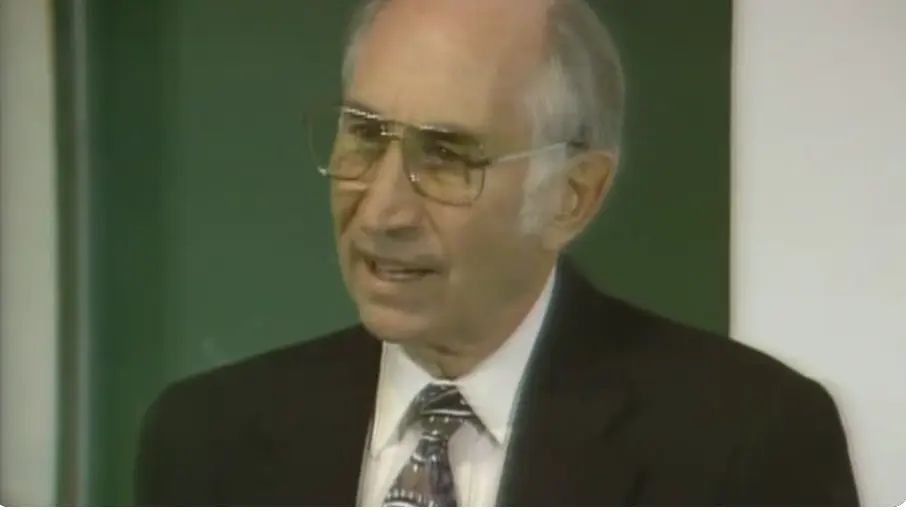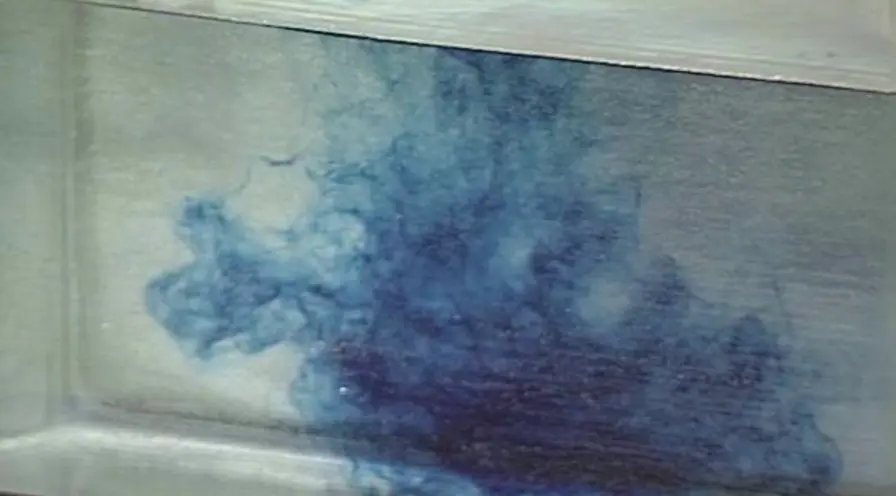A Cold Wind Off the Lake… In August?
Presented by Carmen Aguilar and Russell Cuhel from UWM’s School of Freshwater Science. In 2015, a previously unusual weather pattern caused dramatic late summer cooling along the western shore from Milwaukee to the Sturgeon Canal. 12°C (55°F) or cooler water …
